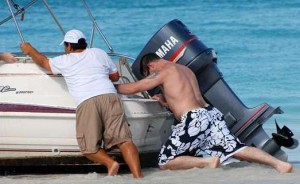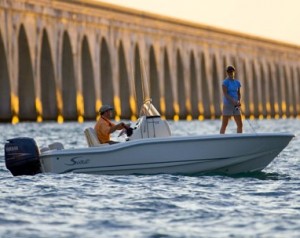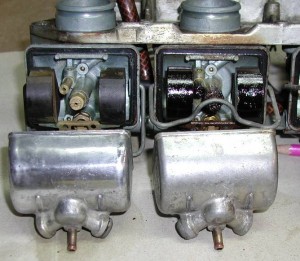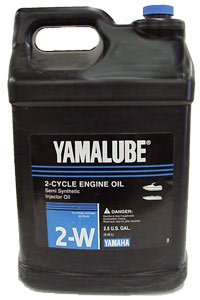Early Season Snowmobile Maintenance: Part One
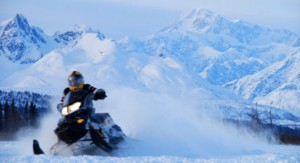
While I was taking out my snowmobile over the weekend, I noticed that it wasn’t running as well as it should. That’s when I decided that it was probably time to give my machine an early season tuning. It is always important to do basic checks before every ride and more thorough maintenance on a regular basis. Since I was short of time on Saturday, I decided to just do a basic check and make sure that the Yamalube oil and other fluid levels were sufficient.
While most riders remember to check the two basics-fuel and oil-some of the other main fluids are oft overlooked. It is also important to ensure that the engine coolant and brake fluid are properly filled. To check the brake fluid, look in the sight glass in the master cylinder. The anti-freeze will be in the reservoir tank, and both only take a few seconds to check. Tomorrow we will go into more in-depth maintenance and diagnostics.


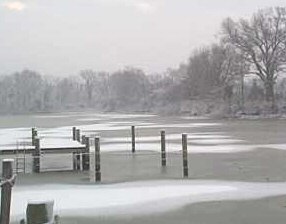 Even the if you think that your baby is indestructible, all boats need primo care. With winter upon us, it is time to start winterizing your boat and reading up on the precautions you need to take to ensure a long life for your craft. Below is a step-by-step guide to winterizing your boat, but before you begin, drain the gear case and check for excessive moisture in the motor.
Even the if you think that your baby is indestructible, all boats need primo care. With winter upon us, it is time to start winterizing your boat and reading up on the precautions you need to take to ensure a long life for your craft. Below is a step-by-step guide to winterizing your boat, but before you begin, drain the gear case and check for excessive moisture in the motor.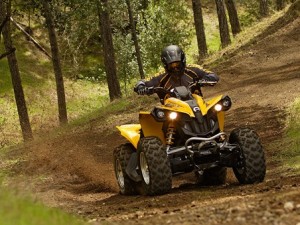 It has been about 30 years since the first ATV was introduced to the market, and since then they have become more and more popular every year. Just what is the appeal of these three and four wheel machines, could it be just the excitement that riding them creates? Nowadays you will find entire families enjoying the excitement and riding as a family activity. But there is always down sides to things, and riding ATVs is no different. Many accidents happen each year to people riding ATVs, keeping a few things in mind and following some simple safety procedures could keep you in the safe zone at all times.
It has been about 30 years since the first ATV was introduced to the market, and since then they have become more and more popular every year. Just what is the appeal of these three and four wheel machines, could it be just the excitement that riding them creates? Nowadays you will find entire families enjoying the excitement and riding as a family activity. But there is always down sides to things, and riding ATVs is no different. Many accidents happen each year to people riding ATVs, keeping a few things in mind and following some simple safety procedures could keep you in the safe zone at all times.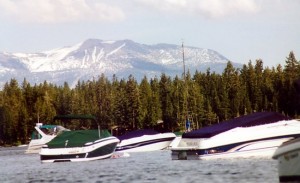 I can’t think of anything that reminds me more of summer than cruising around the lake on a fishing boat with my dad. He owned a beautiful Eagle 190, one of many G-3 boats in the Yamaha line. Before hitting the lake every year, we would set aside a day to do some basic tune-ups and maintenance, like flushing the engine and replacing the
I can’t think of anything that reminds me more of summer than cruising around the lake on a fishing boat with my dad. He owned a beautiful Eagle 190, one of many G-3 boats in the Yamaha line. Before hitting the lake every year, we would set aside a day to do some basic tune-ups and maintenance, like flushing the engine and replacing the 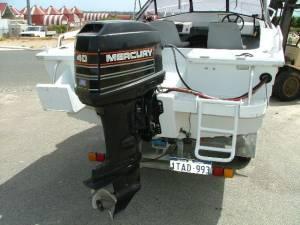 Whether you are an avid boater or just occasionally go out for recreation, it is important to understand the basics of boat maintenance. While the task of performing repairs on your craft may seem daunting, most preventative measures and basic maintenance is easy for anyone with a set of tools. By taking a little time to inspect your boat after every outing, you can avoid having to dole out big bucks later.
Whether you are an avid boater or just occasionally go out for recreation, it is important to understand the basics of boat maintenance. While the task of performing repairs on your craft may seem daunting, most preventative measures and basic maintenance is easy for anyone with a set of tools. By taking a little time to inspect your boat after every outing, you can avoid having to dole out big bucks later.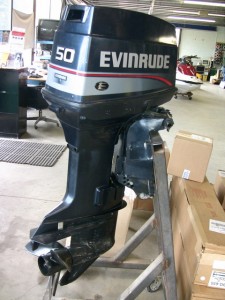 In a perfect world, we would all be able to afford precisely what our hearts desire. There wouldn’t be much diversity in the boating world, as we’d all be cruising past each other in top-of-the line boats with high-end outboard motors attached to the transom. Just think of all the luxury and convenience we would experience on a daily basis. Unfortunately, we would also miss out on many of the great stories that make boating so much fun. Old, well-worn boats have a certain character that their new counterparts lack. To an extent, the same could be said for outboards themselves.
In a perfect world, we would all be able to afford precisely what our hearts desire. There wouldn’t be much diversity in the boating world, as we’d all be cruising past each other in top-of-the line boats with high-end outboard motors attached to the transom. Just think of all the luxury and convenience we would experience on a daily basis. Unfortunately, we would also miss out on many of the great stories that make boating so much fun. Old, well-worn boats have a certain character that their new counterparts lack. To an extent, the same could be said for outboards themselves.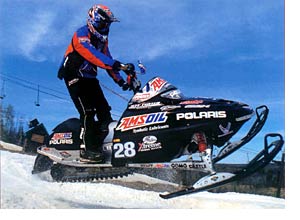 Last week we presented a four-part series on seasonal snowmobile maintenance – the kind of repair work that should be done even before the best powder begins to fall. This week, we’ll take it back to basics, explaining the ins and outs of the snowmobile from its drive system to its steering system, from environmental impact to safety tips. For those of you who already go snowmobiling on a regular basis in winter, this should prove a valuable refresher. For beginners, it aims to serve as a good informational starting point.
Last week we presented a four-part series on seasonal snowmobile maintenance – the kind of repair work that should be done even before the best powder begins to fall. This week, we’ll take it back to basics, explaining the ins and outs of the snowmobile from its drive system to its steering system, from environmental impact to safety tips. For those of you who already go snowmobiling on a regular basis in winter, this should prove a valuable refresher. For beginners, it aims to serve as a good informational starting point.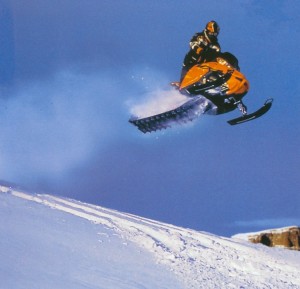 Today we pick up right where we left off in our preseason snowmobile maintenance process: the visual inspection. Having checked for cracks in the hood, we now turn our attention to the upholstery. Seat covers may become nicked and scratched with use, and in some cases they might slip right off the mounting. These details might seem trivial or superficial, and it’s true that your snow machine can operate no matter the state of the seating. Now is a good time to shore up any aesthetic flaws, however. Try gluing a similar fabric underneath hole in the leather or synthetic seating.
Today we pick up right where we left off in our preseason snowmobile maintenance process: the visual inspection. Having checked for cracks in the hood, we now turn our attention to the upholstery. Seat covers may become nicked and scratched with use, and in some cases they might slip right off the mounting. These details might seem trivial or superficial, and it’s true that your snow machine can operate no matter the state of the seating. Now is a good time to shore up any aesthetic flaws, however. Try gluing a similar fabric underneath hole in the leather or synthetic seating.